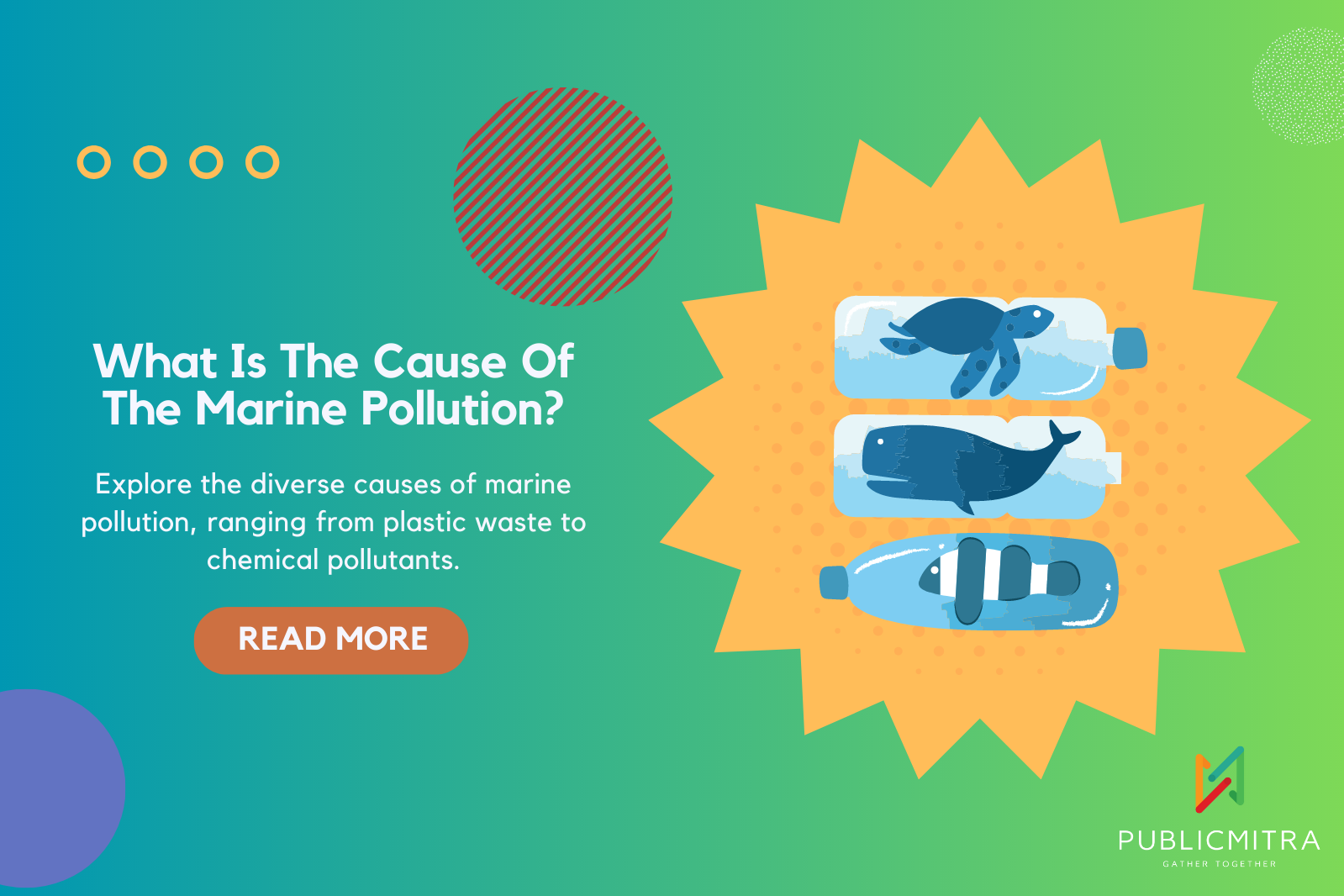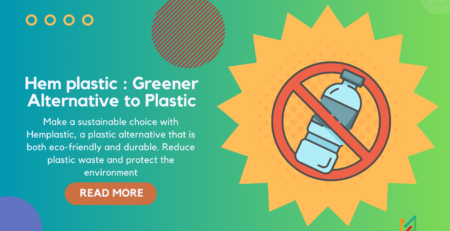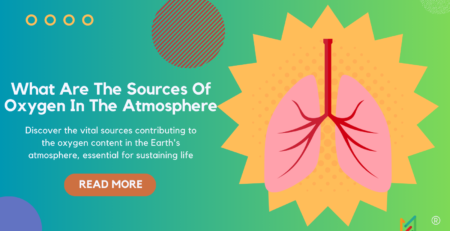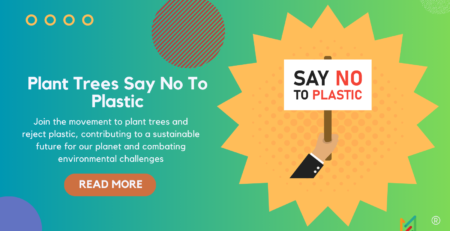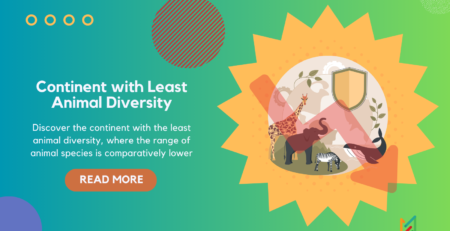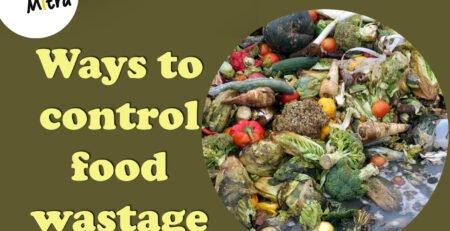What Is The Cause Of The Marine Pollution?
Marine pollution is a topic that hasn’t always gotten the seriousness it deserves. Although millennials have been taught in their primitive years about the direct effects of marine pollution, this is a serious issue through the lens of Gen Z.
Throughout civilization’s past, oceans were thought to be endless, and nothing humans do affects such a vast ecosystem in which marine life thrives. Up until the 1960s, nobody thought of marine life as something to think about but rather marveled at the deep mysteries that the oceans hide. All this awe and wonder lasted a long time until someone figured out that the fish populations were in severe decline.
Fast forward half a century, and marine life preservation is one of those issues that needs a scientific intervention to track, monitor, measure, and assess the changes that have been ongoing in the oceans due to various factors like climate change, run-offs, and discharges, as well as the indirect effects that these have on the trans-oceanic food web and, in turn, the entire marine ecosystem of Earth.
Unveiling the Culprits
By diving into the depths of this issue, we can uncover a web of interconnected factors that lead to the direct degradation of our oceans. The initial perceptions of the ocean’s boundless capacity to absorb pollutants were challenged after the intervention of the UN in its Conventions on the Law of the Sea.
Human Marine Ops
Many of the activities of humans in the domain of the oceans have led to visible and sustained effects that are now being studied. Overfishing as an issue has gained wide-scale prominence in recent years. Active navy patrolling and profiling are the measures being undertaken to save a healthy level of population in the local sea and let the species thrive.
Deep-sea minerals are a source of natural wealth that has the potential to economically benefit us and future generations. Disruptions in this wealth due to poor management can lead to a global economic shock caused by instabilities in mineral production. Pollution and effects due to deep-sea mining are mostly unknown as this technological capability is newly attained.
Union of Land and Sea
A staggering 80% of marine pollution is a result of land-based human activities. Chemical discharges, industrial waste, and oil spills merge into the oceans as a partially treated discharge, leaving traces of pollution to be readily absorbed into marine life’s food chains. Such mergers generally occur via rivers, which in turn are polluted by point sources. The precious aquatic ecosystems are being violated in terms of civilizational progress.
Atmospheric Pathway
Adding to the complexity, the dust and debris that flow through the atmosphere end up in the ocean as well. Windblown debris-based pollution is an example of a nonpoint pollution source. The pollution in the atmosphere can be felt in the ocean as well. An increase in carbon dioxide concentration in the atmosphere leads to the oceans acidifying, which can have a drastic, long-term, irreversible change in the marine ecosystem. This is a pervasive phenomenon that casts a shadow on marine structures, shellfish, and vibrant corals alike. The very foundations of aquatic life undergo changes, making the pollution echo deep beneath.
Mineral Runoffs
The delicate equilibrium of marine ecosystems is disrupted by excess nitrates and phosphates. These excess minerals are harmful to natural marine life as unwanted algal growth is caused by nutrient-rich water. The fleshy algae and phytoplankton, known as algal blooms, thrive in coastal areas and have the potential to create hypoxic conditions by using all available oxygen and letting the local marine life, such as species of fish, turtles, dolphins, and shrimp, die. If left unchecked, this has tremendous potential to degrade habitats.
And Of Course, Plastics!
It is a notion of despair that must be felt by society in general. Plastics have entered the marine ecosystem, are causing havoc, and are the prime cause of marine species’ genocide.
Single-use plastics, such as bottles, bags, and microplastics, are ingested by marine animals and can lead to entanglement, injury, and even death. To combat this menace, a concerted effort to reduce plastic consumption, increase recycling, and promote sustainable alternatives is required.
In the end
Addressing marine pollution requires a multifaceted approach that involves governments, industries, and individuals. Strengthening Regulatory Frameworks, raising awareness, and Embracing Sustainable Practices globally could drastically mitigate this and cause our oceans to thrive with life again.
Remember, our collective efforts have the power to reverse the course of marine pollution.
Together, we can create a world where marine life thrives and the beauty and health of our oceans remain unaltered.


